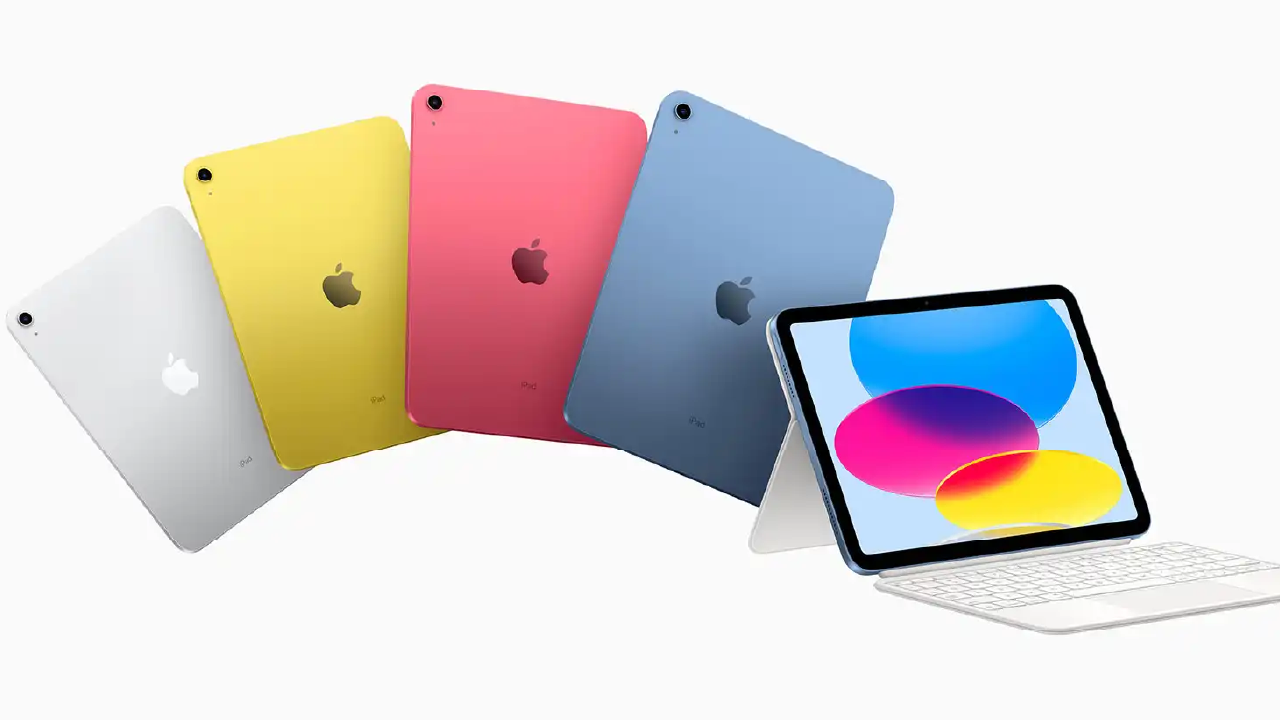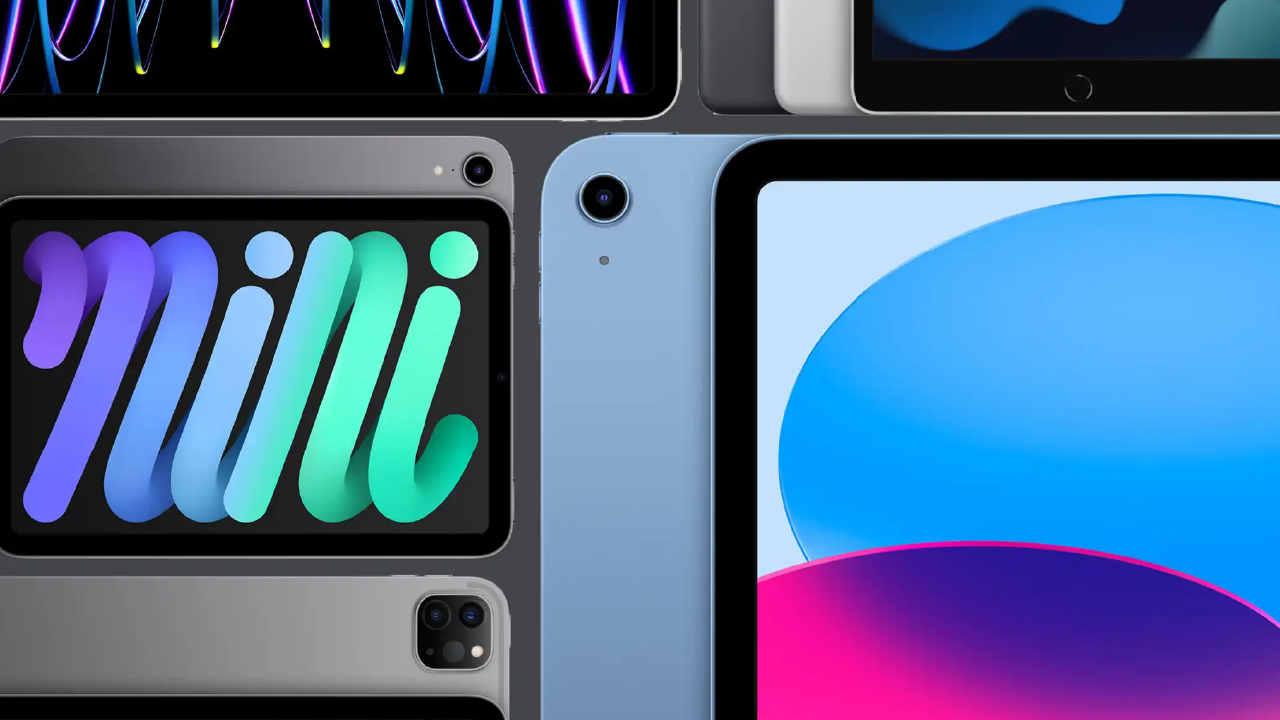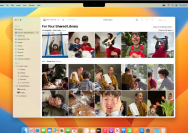Apple on Tuesday released new iPads that will give us plenty to talk about for weeks to come. The new 10th-generation iPad is a complete redesign that brings it in line with the Air and mini, and the new iPad Pro is the fastest tablet ever made, with an M2 processor and Wi-Fi 6E.
In simple terms, Apple’s new tablets are its strongest ever, bringing more options for consumers at both ends of the spectrum.
Related : How to record a WhatsApp call on iPhone
But buying an iPad is also more confusing than ever. Apple now has five different iPad lines starting at $329 and going all the way up to more than $2,000. Here’s how the models break down:
- iPad (9th generation, 64GB): $329
- iPad (9th generation, 256GB): $479
- iPad (10th generation, 64GB): $479
- iPad mini (64GB): $499
- iPad (10th generation, 256GB): $599
- iPad Air (64GB): $599
- iPad mini (256GB): $649
- iPad Air (256GB): $749)
- iPad Pro (11-inch, 128GB): $799
- iPad Pro (11-inch, 256GB): $899
- iPad Pro (11-inch, 512GB): $1,099
- iPad Pro (12.9-inch, 128GB): $1,099
- iPad Pro (12.9-inch, 256GB): $1,199
- iPad Pro (12.9-inch, 512GB): $1,399
- iPad Pro (11-inch, 1TB): $1,499
- iPad Pro (12.9-inch, 1TB): $1,799
- iPad Pro (11-inch, 2TB): $1,899
- iPad Pro (12.9-inch, 2TB): $2,199
And those prices don’t even account for the cellular options, which add $200 to the iPad Pro, $150 to the 10th-gen iPad, iPad Air, and iPad mini, and $130 to the 9th-gen iPad.
So while options are definitely good, they can also be overwhelming. If you have $600 to spend, for example, you can get a new iPad with 256GB of storage or an iPad Air with 64GB of storage, an iPad mini with 64GB of storage, or a 9th-gen iPad with 256GB of storage and cellular connectivity.

But where it really gets confusing is with the features. Consider these facts about Apple’s iPad lineup:
- Three distinct iPads essentially have the same sized 11-inch display.
- The 10th-gen iPad doesn’t have the anti-reflective coating that was introduced in 2014.
- Every iPad Apple sells has a different processor.
- The 10th-gen iPad is the only model to have a selfie camera in landscape orientation.
- The iPad Pro has newer Bluetooth (5.3) than the 10th-gen iPad (5.2) and the iPad Air and mini (5.0).
- The iPad mini is the only model that doesn’t support any of Apple’s keyboard cases.
- The 10th-gen iPad still doesn’t support the 2nd-generation Apple Pencil.
So not only do you need to wade through nearly two dozen options when deciding which tablet to buy, but you also have to consider small differences in the various lineups that might not be obvious to casual consumers.
Most buyers probably couldn’t tell the difference between the 10th-gen iPad’s unlaminated display and the iPad Air’s laminated display or feel the speed of an A15 versus an A13. How are consumers supposed to make a smart buying decision when they need to make a spreadsheet and an explainer just to figure out the different features?
Related : How to use Find & Replace text in the Notes app on iPhone in iOS 16
And who’s the iPad Air for now? It has an M1 processor and second-gen Apple Pencil support, but if you’re a user who needs those features, you should consider the 11-inch iPad Pro. And if you’re not, you should just get the 10th-gen iPad and save $150. And what about the iPad mini? Is it worth spending $50 more than the 10th-gen iPad for a smaller screen and a slightly better processor?
And then there’s the issue of updating. The 10th-gen iPad only just released, so we don’t know how often it will be updated, but we do know about the other lines:
iPad mini: Last update in September 2021; next expected update March 2023
iPad Air: Last update in March 2022; next expected update September 2023
iPad Pro: Last update in October 2022; next expected update March 2024
So if you buy an iPad next February, you have to consider that the iPad mini might be updated soon. If you want one in the summer, there will probably be an iPad Air update right around the corner.
The new iPad was supposed to simplify buying options but it only muddled the lineup further. And it gives the impression that Apple still doesn’t quite understand what to do with its tablet lineup, so it continues to throw more and more at the wall to see what will stick. And at some point, consumers are just going to stop trying to figure it out.







